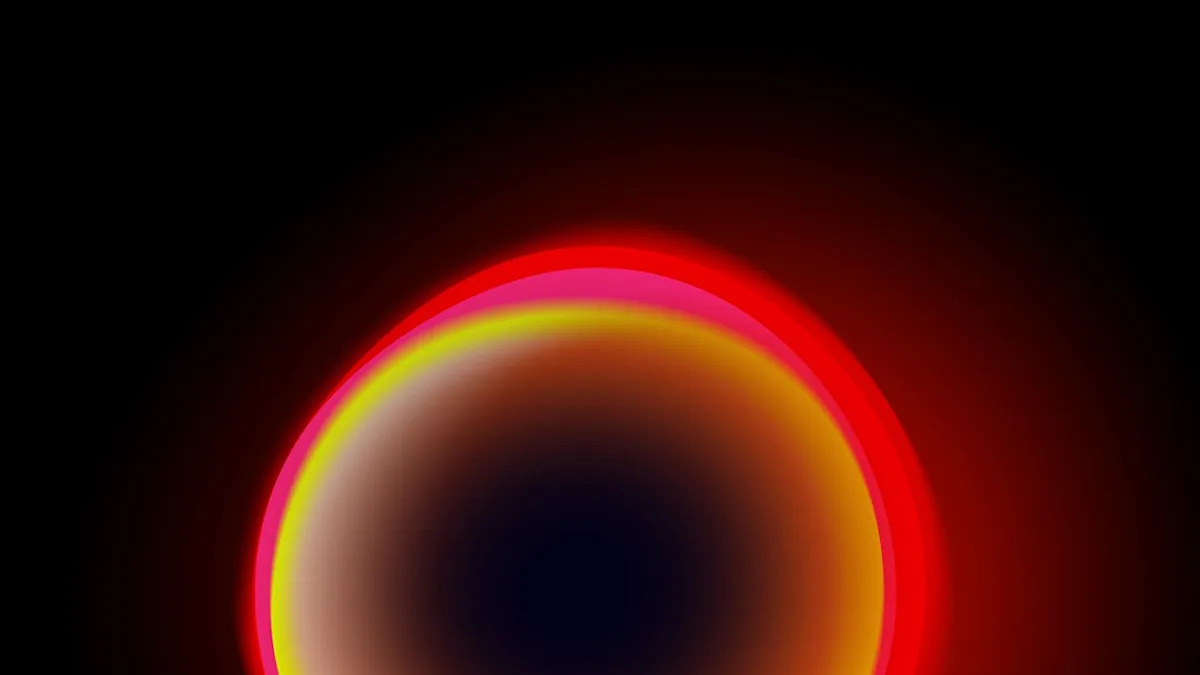Here is what you will learn when you read this story:
-
Little red dots (LRDs) observed by the James Webb Space Telescope were initially thought to be galaxies, but something was amiss.
-
Researchers who analyzed the spectra from these objects again found that they were cool red stars which could possibly be hiding supermassive black holes in their cores.
-
It is now being speculated that these objects might be the primordial beginnings of the supermassive black holes found in the centers of most galaxies.
Almost from the moment NASA’s James Webb Space Telescope saw first light, it spotted mysterious little red dots, or LRDs, glowing in the distance. They were thought to be extremely ancient and unusually mature galaxies that raised questions about galaxy formation.
A new, alternate theory is even weirder.
Seeking answers that were less vague, the international team of researchers who analyzed the first dataset that had been released by Webb in 2022 recently analyzed them again and came up with an alternative hypothesis for whatever these objects are. They look like stars. They also seem to act like stars, except not quite, because stars run on nuclear fusion while LRDs appear to be powered by something else. That something else is possibly a supermassive black hole for a core.
The research team focused on one particular red dot more monstrous than the rest. Spectral analysis suggests that it is one enormous and cold (at least for a constantly burning ball of gas) star. Now named the Cliff, this particular red dot about 11.9 billion light-years away has an atmosphere too thick for just any star. Because its supposed black hole within is so ravenous, it pulls matter in from all directions and at super fast speeds, digesting it so it is converted into energy and blazes with red light.
“Determining whether the [spectral energy distributions] of LRDs are dominated by stars or [active galactic nuclei] is a major challenge, even with high-quality rest-optical spectroscopy and photometry ranging from X-ray to radio wavelengths,” the researchers said in a study recently published in Astronomy & Astrophysics.
While the Cliff and other LRDs like it are exceptionally huge stars that only appear tiny because they are so distant, and most stars in the universe are actually cold low-mass stars, their light often drowned out by scorching massive stars with a much higher luminosity. Spectra from the red dots revealed none of them had nearly that much heat. Our Sun is somewhere between what is considered a hot and cold star. Cold starlight is usually either on the redder end of the visible spectrum or in the near-infrared, whose wavelengths are too long for the naked eye to pick up.
What is unusual about these red dots possibly being supermassive black holes in disguise is that gases swirling around in supermassive black hole accretion disks are much hotter and brighter. Event Horizon Telescope images of the M83 black hole and our own Sagittarius A* are proof. Their light ranges from shades of orange and yellow on the edges that brighten to white hot on the inside. The other obvious difference is that that the impenetrably black space in the middle, the singularity from which no light can escape, is not visible in the red dots.
The researchers are still confounded by the Cliff and other LRDs. They suggest that a void might not be visible because of dense and turbulent gas clouds that shroud the accretion disk and mirror an actual stellar atmosphere. It could even be that, even though accretion disks are typically thought to feed black holes, something else could be giving the monster its strength, because, as they also said in the study, “any powerful ionizing source inside the dense gaseous envelope could produce [the spectra observed].”
“The Cliff cannot originate from a massive, evolved stellar population with an extremely high stellar density,” they concluded. “Crucially, this is the first LRD for which such a strong conclusion can be drawn solely by analyzing the [spectral energy distribution].”
Many questions still remain, one of which is whether the red dots we are seeing from the dawn of the universe may be the early stages of supermassive black holes that are found in the nucleus of almost every galaxy. Maybe the song “Black Hole Sun” was onto something.
[galleryCarousel id=’de167689-875b-446c-ad75-9c0ce826700a’ mediaId=’68d2de00-cfef-4b8f-8dc9-03944b5c26c0′ display=’carousel’ align=’center’ size=’medium’ share=’true’ expand=” captions=’true’ suppress-title=’false’ hasProducts=’false’][/galleryCarousel]
You Might Also Like
